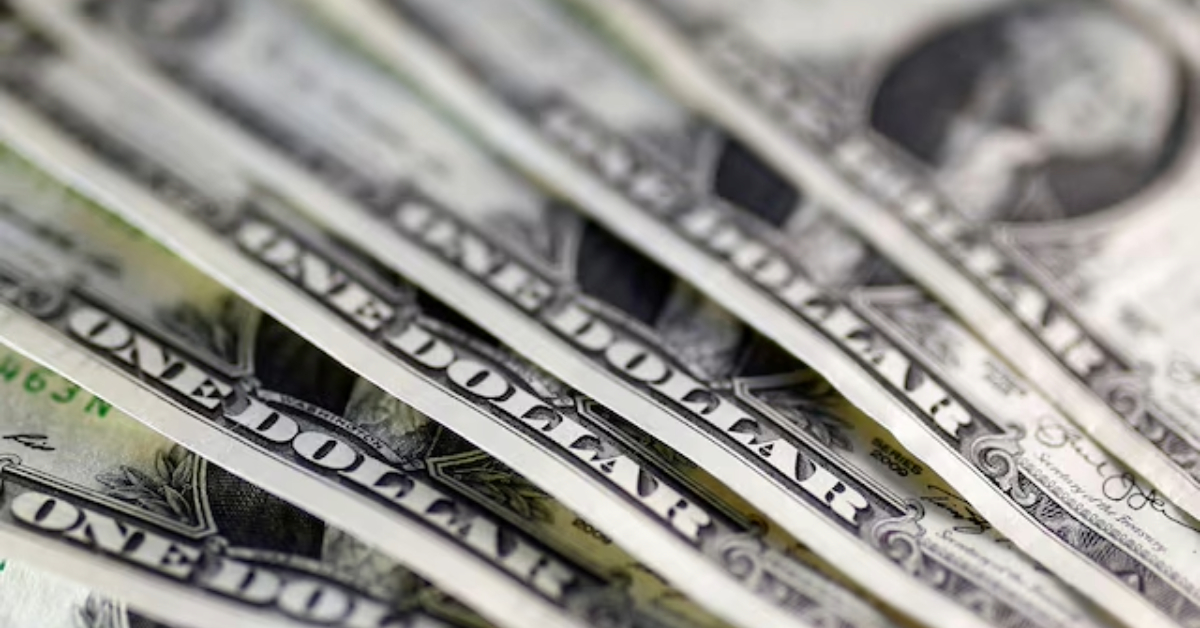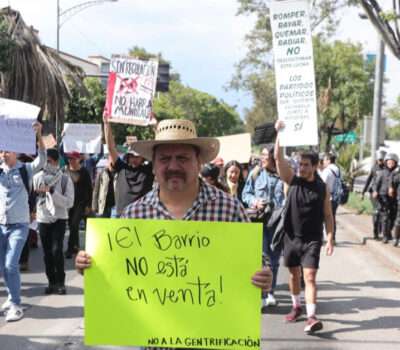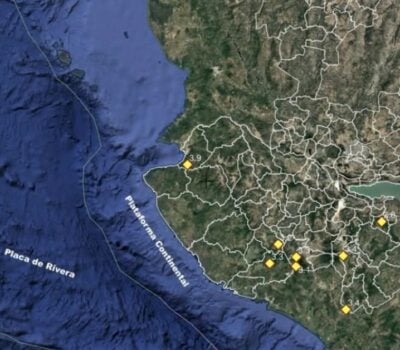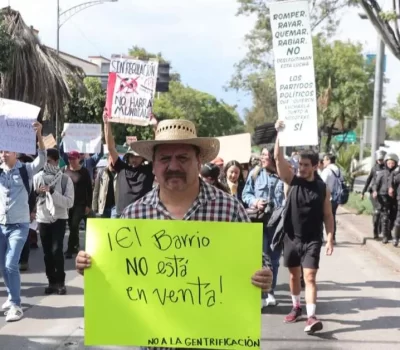Puerto Vallarta, Mexico - Mexican peso appreciation gains momentum as the dollar falls amid US-China trade tensions; spot rate reaches 19.18 per dollar, supported by local investment data and market sentiment.
The Mexican peso continued its upward trend against the US dollar on Wednesday morning, reaching levels not seen since October. The spot exchange rate stood at 19.1816 pesos per dollar, improving from Tuesday’s official close of 19.2348. That represents a gain of 5.32 cents, or 0.28 percent, according to data from the Bank of Mexico (Banxico). Market analysts say the momentum behind the Mexican peso appreciation stems largely from a broad weakening of the greenback amid renewed US-China trade tensions.
On currency markets, the dollar traded between a high of 19.2478 and a low of 19.1621 pesos. The Intercontinental Exchange’s Dollar Index (DXY), which measures the value of the US currency against six major peers, fell 0.51 percent to 98.74 points as investors weighed fresh developments in trade talks.
US President Donald Trump’s recent comments rattled markets. He said it was “extremely difficult” to reach a deal with Chinese President Xi Jinping, days after Washington accused Beijing of violating an agreement on reducing tariffs and trade barriers. That exchange raised doubts about any near-term breakthrough, prompting investors to sell dollars and seek alternative assets.
On the same day, the United States doubled tariffs on steel and aluminum imports. At the same time, Washington invited its trading partners to submit their “best offer” to avoid broader tariffs set to take effect in early July. Traders took that as a sign that broader escalation remains possible, leading the dollar to slip across the board.
Banorte, a major Mexican financial institution, highlighted technical levels for the peso. “We expect the recovery bias to continue; a break below 19.18 pesos will strengthen the appreciation. In this sense, the support that could be faced is the psychological level of 19, while we see the resistance level at 19.32 pesos,” Banorte said. The reference to the psychological 19-peso mark underscores how traders watch round numbers as potential turning points in sentiment.
Economic figures from both the United States and Mexico added context. In the US, private payrolls grew by just 37,000 jobs in May, far below the 110,000 increase analysts expected, according to the ADP National Employment Report released earlier in the day. That weak headline number put further pressure on the dollar, as it raised fresh questions about the resilience of the US labor market.
Local data offered at least modest support for Mexican assets. Gross fixed investment in Mexico rose 0.3 percent month over month in March, according to the National Institute of Statistics and Geography (INEGI). On an annual basis, however, that same metric dipped by 0.2 percent. Still, Monex, a leading broker, noted that any sign of investment growth helps calm investors worried about a slowing economy. “The peso is being supported by a downward correction in the dollar and speculation about the progress of trade talks. Additionally, gross fixed investment showed modest growth in Mexico, mitigating some of the risk for investors,” Monex said.
Traders pointed out that a weaker dollar often lifts emerging market currencies, but the pace can vary based on local fundamentals. In this case, the combination of disappointing US job growth and Mexico’s own data allowed the peso to inch higher. Some portfolio managers also cited rising oil prices as an indirect factor: Mexico relies on oil exports for a significant share of its revenue, so higher energy prices can improve the country’s fiscal outlook, reducing downside for the currency.
Analysts will watch incoming US inflation figures and any commentary from the Federal Reserve’s Beige Book for clues on interest rates. If the Fed appears more dovish—signaling that rates could stay lower for longer—the dollar may face further pressure, reinforcing the Mexican peso appreciation. On the other hand, any signs of renewed Fed hawkishness would likely curb the peso’s gains.
Looking ahead, strategies for local and foreign investors will hinge on the evolving US-China dynamics. Should President Trump and President Xi resume productive talks, the dollar could reclaim some ground. But if tensions escalate—through more tariff announcements or retaliatory measures—the peso could continue to thrive as the dollar sinks.
Banorte’s technical commentary suggests that a drop below 19.18 pesos per dollar might draw fresh buying interest. Beyond that, traders will test the next support at 19.00, a level that, if breached, would signal renewed confidence in Mexican assets. On the upside, resistance remains near 19.32, a zone where traders who bought during yesterday’s dip may look to exit.
On the ground in Mexico City, currency dealers verified that banks and exchange houses are offering retail customers slightly better rates than yesterday. Some digital platforms have already updated their quotes to show the peso trading near 19.17 for larger transactions.
Meanwhile, businesses and importers are assessing how the weaker dollar might affect costs. A stronger peso makes it cheaper to buy US-sourced inputs—ranging from manufacturing components to consumer goods—potentially easing inflationary pressures in Mexico. However, exporters earn fewer pesos for each dollar sold, which could weigh on sectors that rely heavily on shipments to the US.
Fiscal authorities may see some relief as well. A stronger peso reduces the peso-denominated value of Mexico’s dollar-denominated debt. That benefit may be modest in the short term, given that most of the government’s bond issuance occurs in local currency. Still, any narrowing of the debt-service burden tends to please investors, even if only marginally.
Overall, Wednesday’s trading session offered a window into how interconnected global markets remain. Local drivers—such as Mexico’s modest investment growth—interact with major headwinds from trade diplomacy. At this writing, it appears that Mexican peso appreciation has gained momentum from a weaker dollar, driven by US-China tensions and lackluster US jobs data. Traders and policymakers will likely track the psychological 19-peso level closely in coming sessions, as any breach could trigger further moves.
The final verdict on whether the peso’s gains stick will depend on the next round of economic data and, more broadly, on whether trade tensions ease or intensify. For now, though, a weaker greenback supports Mexico’s currency, giving some breathing room to investors facing uncertainty.
Is a weaker dollar good for Mexico?
A weaker US dollar—meaning the peso strengthens relative to the dollar—has mixed effects on Mexico. Here’s how it plays out on the main fronts:
1. Imports and inflation
When one dollar buys fewer pesos, imported goods become cheaper in peso terms. That helps Mexican companies and consumers who rely on US-priced inputs—everything from electronics and machinery parts to certain food items. Lower import costs tend to ease inflationary pressures (especially on products that aren’t produced locally), which can be a relief for households struggling with rising grocery or fuel bills.
2. Exports and competitiveness
On the flip side, Mexican exporters receive fewer dollars for each peso they sell. If a factory in Monterrey ships auto parts to the US, a stronger peso means those parts effectively cost more in dollars, making them less competitive abroad. Sectors like manufacturing and agriculture, which depend heavily on US demand, may see their profit margins squeezed, or they may need to lower prices to maintain export volumes.
3. Remittances and household income
Hundreds of thousands of families in Mexico rely on remittances—money sent home by relatives working in the United States. A weaker dollar translates to fewer pesos per remitted dollar, reducing the purchasing power of those funds. That can directly affect household budgets, since remittances often pay for everyday expenses like rent, utilities, and school supplies.
4. Oil revenues and government finances
Mexico’s government and its state-owned oil company (Pemex) earn revenue in dollars when they sell crude on the international market. If the dollar weakens, each barrel sold for, say, $60 yields fewer pesos, potentially reducing federal revenue. Although oil no longer makes up the lion’s share of government income the way it once did, a stronger peso still limits the peso-value of those dollar-denominated sales, narrowing fiscal space.
5. Dollar-denominated debt and corporate balance sheets
Many Mexican corporations and the government carry debt in US dollars. When the peso strengthens, servicing and repaying that dollar debt becomes less expensive in peso terms. That can free up resources for investment or cushion balance sheets, which is a plus for business confidence and long-term planning.
6. Tourism and capital inflows
A stronger peso makes Mexico a bit more expensive for US tourists, since their dollars don’t stretch as far. Tourism is a major source of foreign currency, so any drop in visitor spending could dampen revenues in popular destinations. Conversely, foreign investors might find Mexican assets relatively less cheap if the peso is strong, potentially slowing capital inflows into local stocks or bonds.












